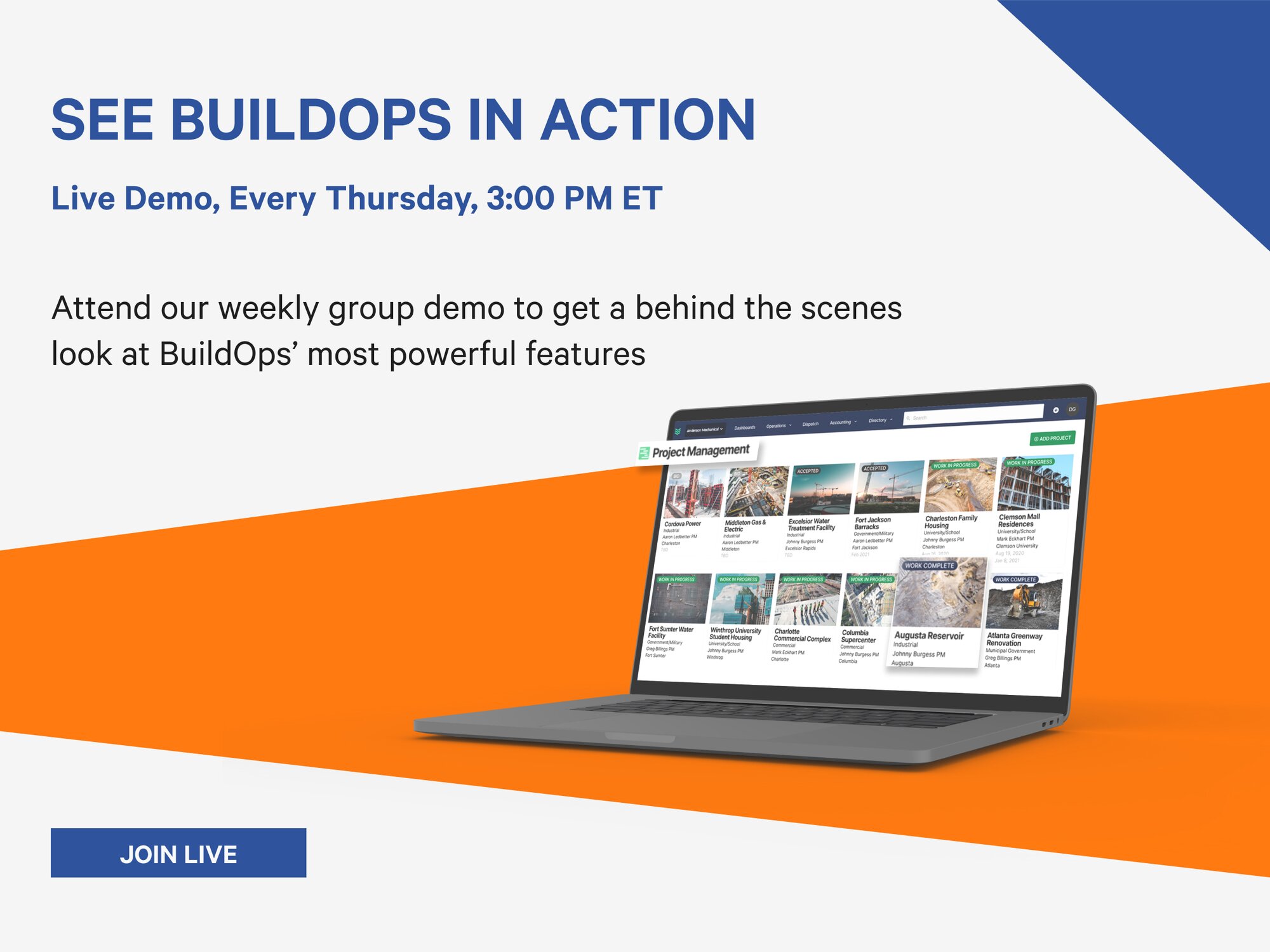Scheduling apps for sub-contractors have become essential tools in the construction industry, enabling efficient project management and streamlined operations. These apps help sub-contractors manage their schedules, track tasks, and coordinate with other team members, ensuring projects are completed on time and within budget. With the increasing complexity of construction projects, scheduling apps provide the necessary tools to enhance productivity and communication.
Implementing a scheduling app for sub-contractors involves understanding its benefits, key features, selecting the right app, and adopting best practices for successful integration. This guide explores these aspects in detail, providing a comprehensive overview of scheduling apps for sub-contractors in the construction industry.
Benefits of Scheduling Apps for Sub-Contractors
Scheduling apps offer numerous benefits that can significantly enhance the efficiency and effectiveness of sub-contractors. One of the primary advantages is improved time management. These apps provide tools for creating and managing schedules, ensuring that tasks are completed on time and deadlines are met. This time management capability helps in reducing delays and maintaining project timelines.
Another significant benefit is enhanced coordination. Scheduling apps enable sub-contractors to coordinate with other team members, general contractors, and project managers. By providing a centralized platform for sharing schedules and updates, these apps improve communication and reduce the risk of misunderstandings. Additionally, scheduling apps enhance resource allocation. By tracking the availability and utilization of resources such as labor and equipment, sub-contractors can allocate resources more efficiently, reducing waste and costs.
Furthermore, scheduling apps improve accountability. They provide tools for tracking task completion and performance, ensuring that sub-contractors meet their commitments. This accountability helps in maintaining high standards of quality and professionalism. Lastly, scheduling apps offer real-time updates. By providing real-time information on schedule changes and task status, these apps enable sub-contractors to respond quickly to any changes or issues, ensuring projects stay on track.
Key Features of Scheduling Apps for Sub-Contractors
Scheduling apps come with a variety of features designed to streamline project management for sub-contractors. One essential feature is the ability to create and manage schedules. These apps provide tools for creating detailed schedules, including timelines, milestones, and dependencies. This scheduling capability helps in planning and tracking project progress.
Another critical feature is task management. Scheduling apps include tools for assigning and tracking tasks, ensuring that all activities are monitored and completed on time. This task management capability helps in maintaining productivity and accountability. Additionally, communication tools are a vital feature. These apps provide platforms for sharing updates, communicating with team members, and coordinating efforts, ensuring seamless collaboration.
Resource management is also a crucial feature. Scheduling apps provide tools for tracking the availability and utilization of resources, including labor and equipment. This resource management capability helps in optimizing resource usage and reducing costs. Furthermore, these apps offer real-time updates and notifications. By providing real-time information on schedule changes and task status, these apps enable sub-contractors to stay informed and respond quickly to any changes.
Implementation Strategies for Scheduling Apps
Implementing a scheduling app requires a strategic approach to ensure successful adoption and maximum benefit. The first step is to define project goals and objectives. Understanding what you want to achieve with the app will guide the selection and implementation process. Next, choose the right app. Evaluate different options based on features, ease of use, scalability, and cost. Consider apps that offer a free trial or demo to test their functionality before committing.
Once selected, plan the implementation process. Develop a timeline and allocate resources, including a dedicated project team, to oversee the implementation. Training is crucial for successful adoption. Provide comprehensive training to staff to ensure they understand how to use the app effectively. This training should cover all features and best practices. Additionally, customize the app to fit your project processes. Tailoring the app to your specific needs will enhance its usability and effectiveness.
Monitor the implementation process and gather feedback from users to identify any issues or areas for improvement. Continuous evaluation and optimization will ensure the app meets your project needs and delivers the desired outcomes.
Types of Scheduling Apps for Sub-Contractors
There are various types of scheduling apps available, each catering to different project management needs. Standalone scheduling apps focus solely on scheduling and task management functions. These solutions are ideal for small to medium-sized projects with specific scheduling requirements. Integrated scheduling apps combine scheduling with other project management functions such as time tracking, budgeting, and document management. These solutions provide a comprehensive project management system, suitable for larger projects with more complex needs.
Cloud-based scheduling apps offer flexibility and scalability, making them a popular choice for sub-contractors. These apps can be accessed from anywhere with an internet connection, providing real-time data and enabling remote project management. Mobile scheduling apps are designed specifically for use on mobile devices. These apps are ideal for sub-contractors who need to manage schedules and tasks on the go, providing real-time updates and notifications.
Industry-specific scheduling apps cater to the unique needs of specific construction sectors, such as residential, commercial, or infrastructure projects. These solutions often include features tailored to sector-specific requirements, such as compliance reporting, safety management, and environmental impact analysis.
Future Trends in Scheduling Apps for Sub-Contractors
The future of scheduling apps is shaped by technological advancements and evolving project management needs. One significant trend is the increasing use of artificial intelligence (AI) and machine learning (ML). These technologies can analyze vast amounts of data to provide predictive insights, automate scheduling tasks, and optimize resource allocation.
Another trend is the integration of Building Information Modeling (BIM) with scheduling apps. BIM provides a digital representation of the physical and functional aspects of a construction project, enabling better collaboration and data analysis. Additionally, mobile capabilities are becoming more important. As construction projects become more mobile, the ability to manage scheduling tasks from a mobile device is crucial.
Furthermore, the focus on sustainability and green construction is driving the development of features that support environmental management and compliance. These features help projects minimize their environmental impact and adhere to regulatory requirements. Cloud-based solutions continue to grow in popularity due to their flexibility and scalability. These solutions offer real-time access to data, making them ideal for remote project management.
Key Takeaways
– Scheduling apps improve time management, coordination, resource allocation, accountability, and provide real-time updates for sub-contractors.
– Key features include schedule creation and management, task management, communication tools, resource management, and real-time updates.
– Successful implementation involves defining goals, selecting the right app, planning, training, and continuous evaluation.
– Types of scheduling apps include standalone, integrated, cloud-based, mobile, and industry-specific solutions.
– Future trends include AI, BIM integration, mobile capabilities, sustainability features, and cloud-based solutions.






